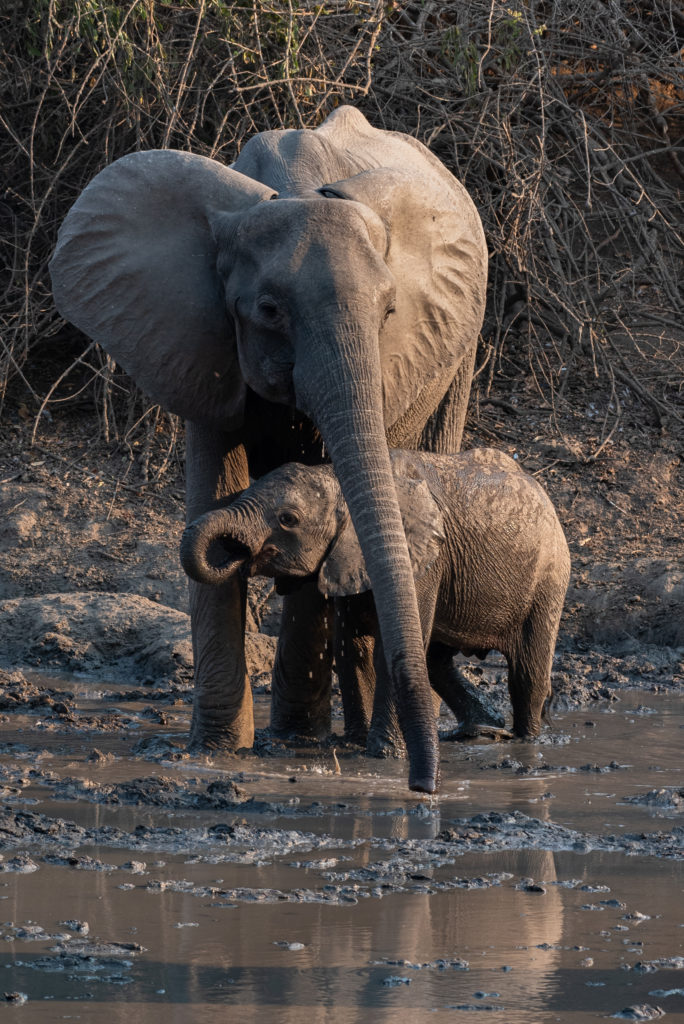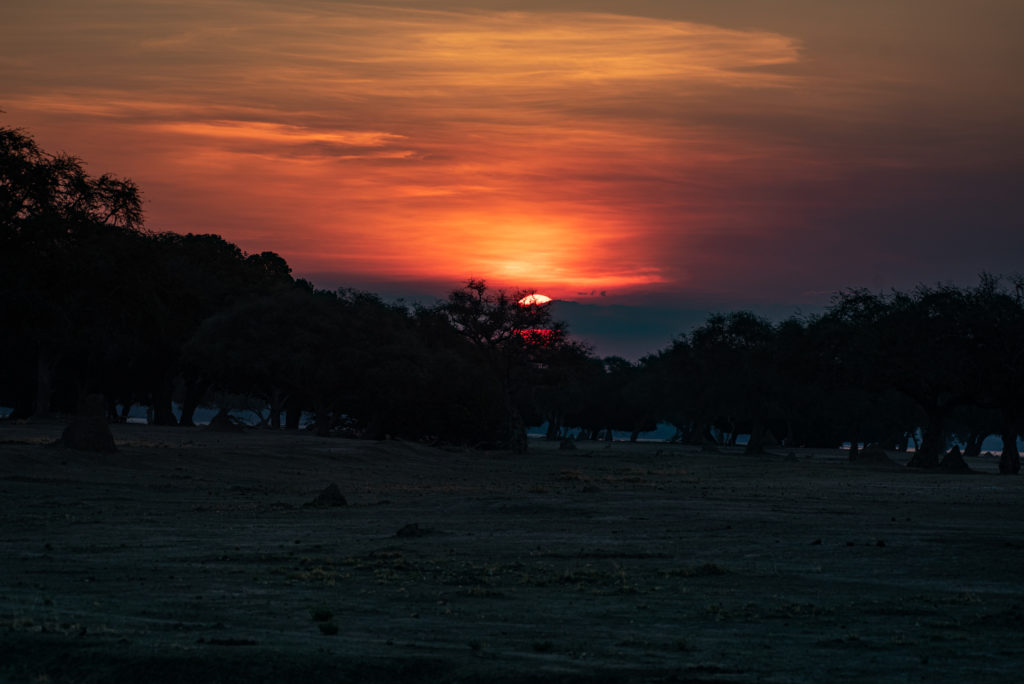
Finally, the rains have started to fall. Too little, and too late. Already the stench of death lingers. The sad remains of impalas and baboons lie scattered on the parched earth. Weakened by the heat, they were easy prey to the lions, wild dogs and hyenas. The arid soil is cracked open by the biting sun. For weeks on end, a cruel heatwave kept temperatures soaring to 45 degrees without respite.
Vultures perch on dead trees. The carcasses of elephants and buffaloes, so seemingly unconquerable creatures, line the muddy pools. Pools that once were a reliable source of fresh water and gave their name to Mana Pools Nationalpark in the North of Zimbabwe, Mana meaning four in the local Shona language. But now, with an unprecedented heatwave and draught, these once life-giving pools have turned into sticky death traps for the heavy giants. Life is but a fierce struggle for survival in Zimbabwe.
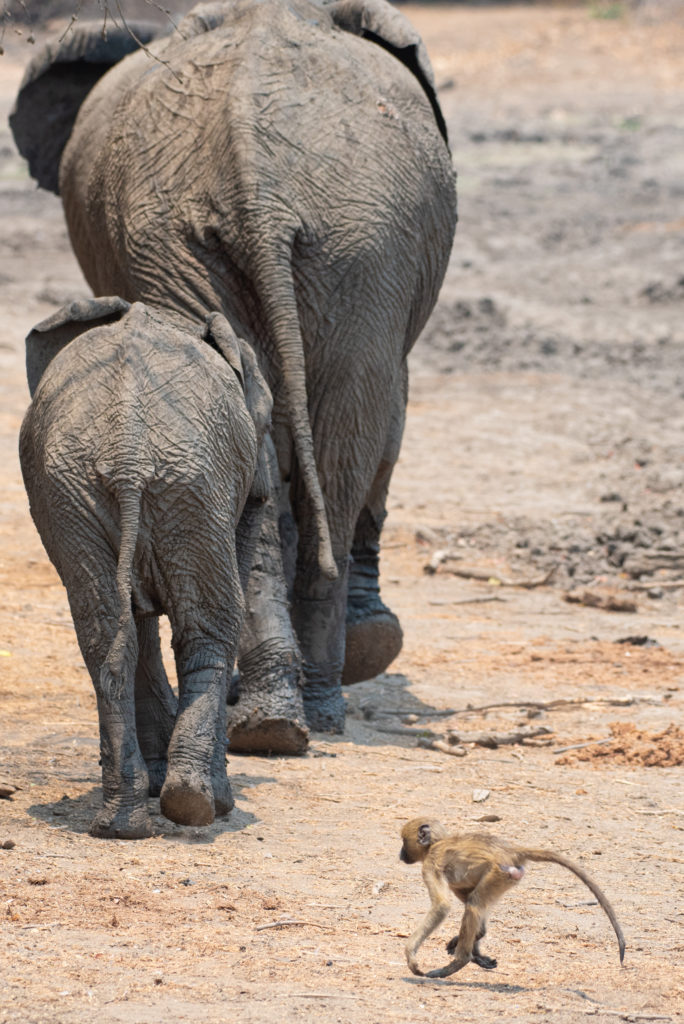
Last year’s rainy season was short and ineffective. The dams didn’t fill, and even the once majestic Victoria Falls have dried out, leaving the country in desperate need for electricity: The mighty Zambezi- river is at a record low and Kariba Dam, essential for the national electricity supply, fails to produce, leaving those who can’t afford private generators of solar power literally in the dark.
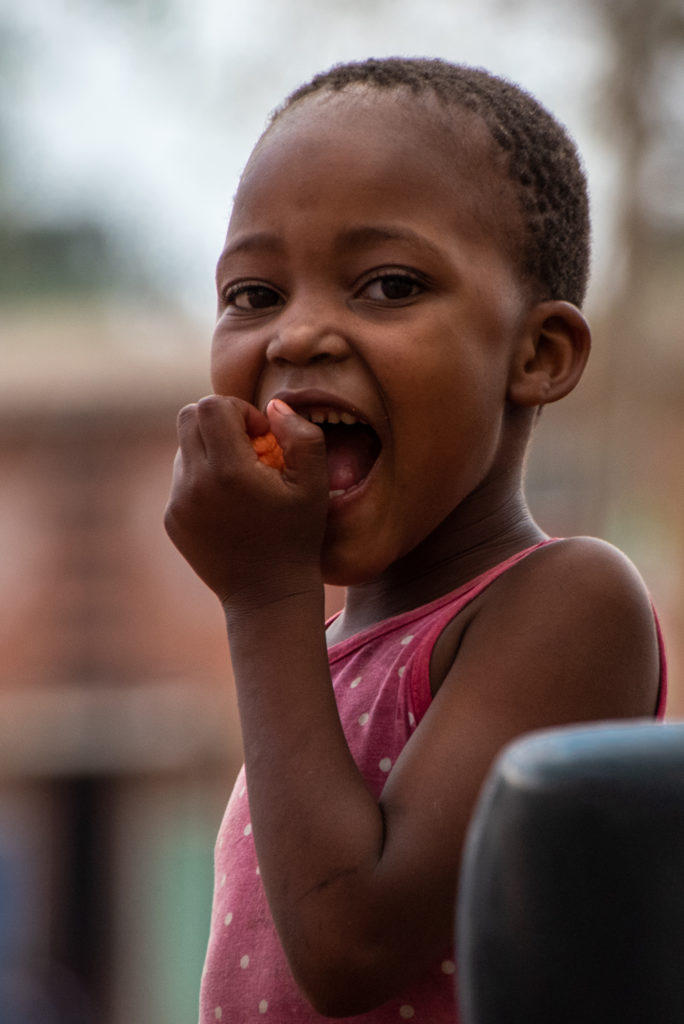
Hunger is a frequent visitor in the history of Zimbabwe – a country used to deal with famines and droughts in the rural areas. But the worst drought in the four decades of Zimbabwe’s existence, cyclone-induced floods and an economic collapse have left Zimbabwe on the verge of its worst-ever famine. Zimbabwe will run out of maize, its staple food, by January.
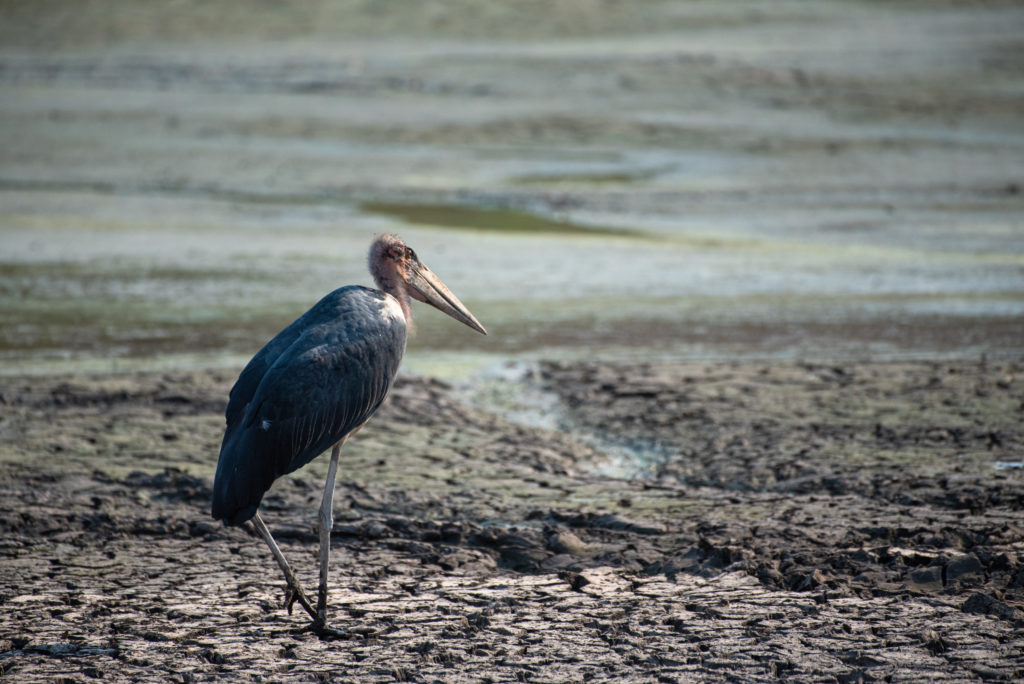
The current climate crisis has acerbated the problem, as have “poverty and high unemployment, widespread corruption, severe price instabilities and the lack of purchasing power,” said Hilal Elver, the UN special rapporteur on the right of food, in an interview with the Guardian. According to the UN report, about 5.5 million rural Zimbabweans and a further 2.2 million in urban centres face food insecurity. The country is now on the brink of starvation.
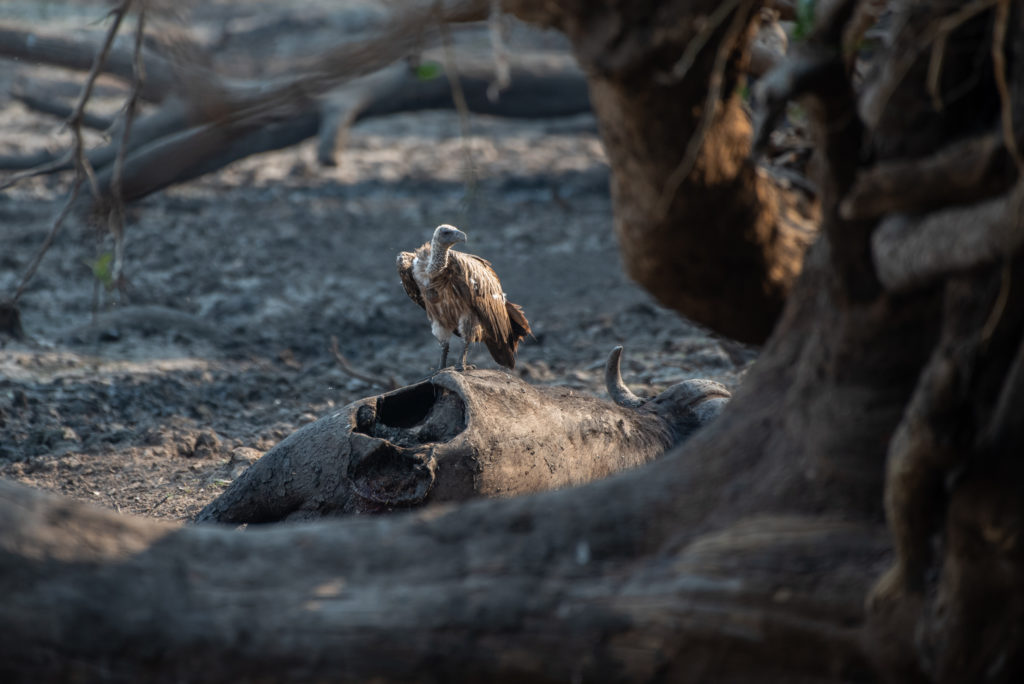
As Zimbabwe, once dubbed Africa’s bread basket, has now agreed to buy maize from neighbouring South Africa, so have the national parks ditched their policy of non-intervention and started feeding animals. Over 7000 bales of hay have been delivered to Mana Pools, and water is bumped up from bore holes.
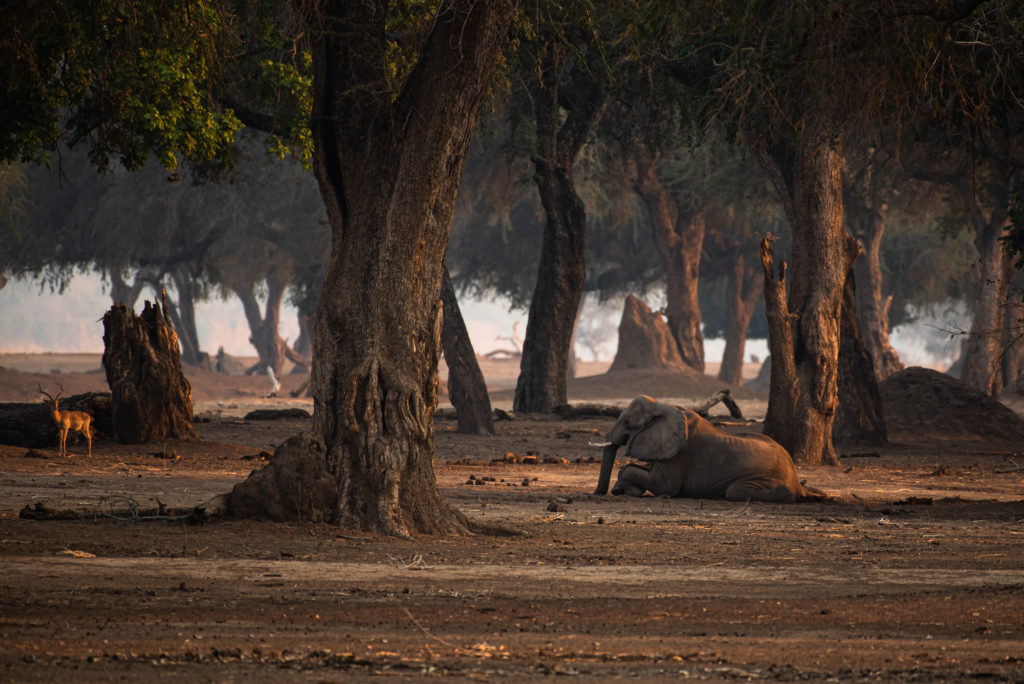
Together with South Africa, Botswana and Namibia, Zimbabwe unsuccessfully lobbied the Convention on International Trade in Endangered Species for controlled sales of their ivory stocks at a meeting in August. Trade in ivory is banned to deter poaching. Zimparks, who run Mana Pools among others, and who receive no government funding, says its ivory stockpile is worth $300 million. Money it can use for wildlife conservation.
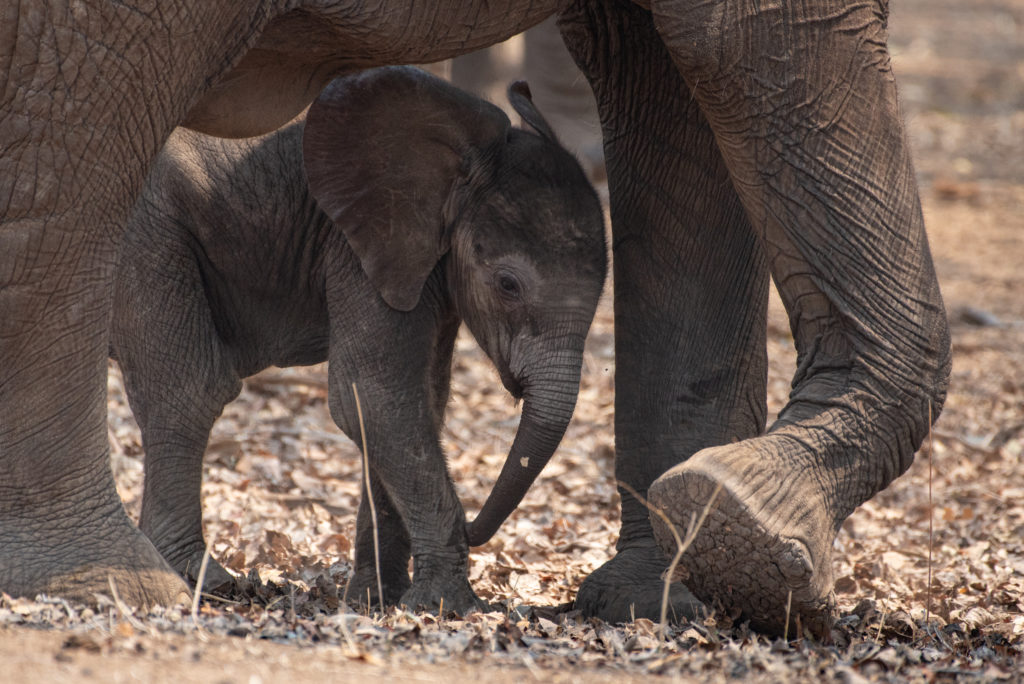
Elephant calves are now being exported to China: to save them from the drought and ease the situation in the Zimbabwean parks, as well as garner an income for Zimparks. These baby elephants end up in circuses in China, the land of the rising sun. They are just another victim of the global climate crisis.
